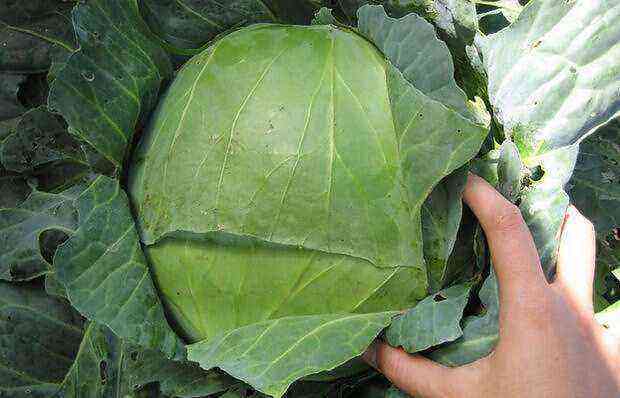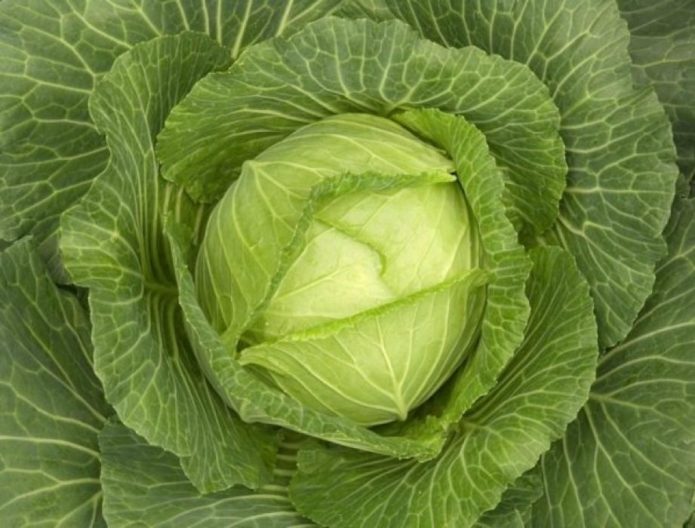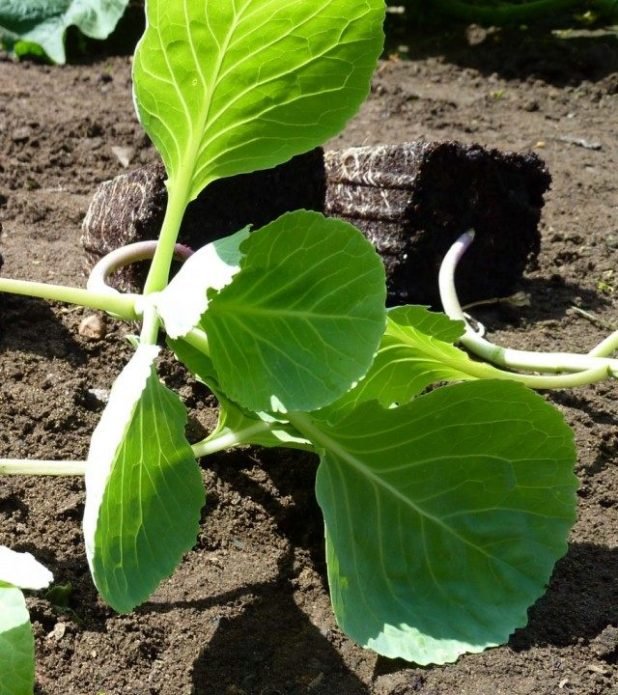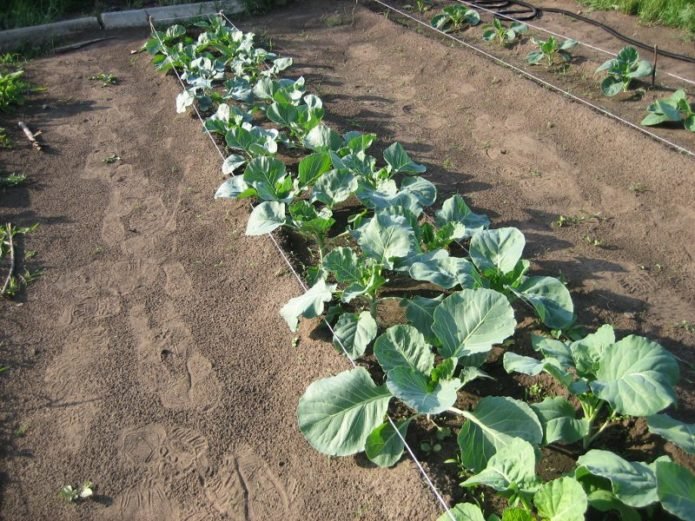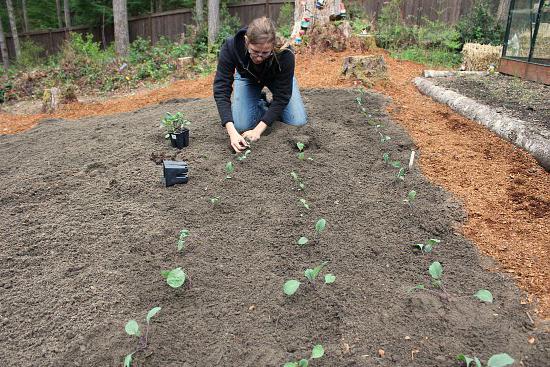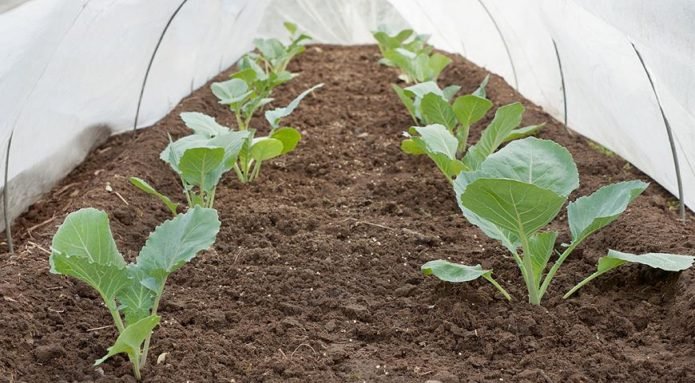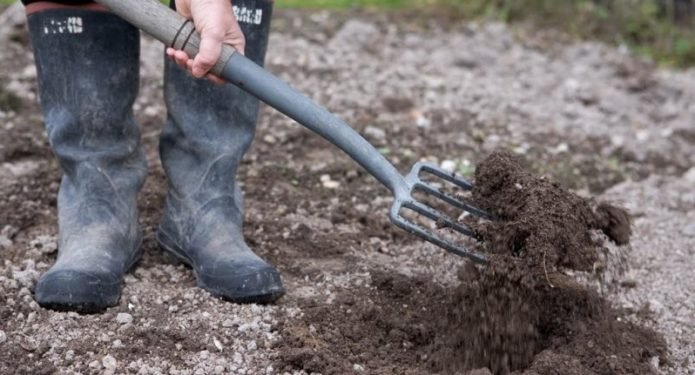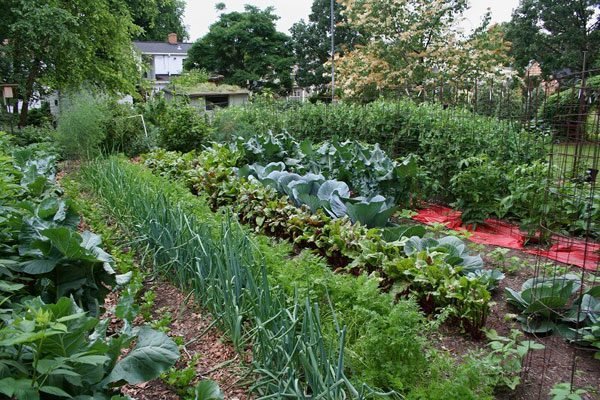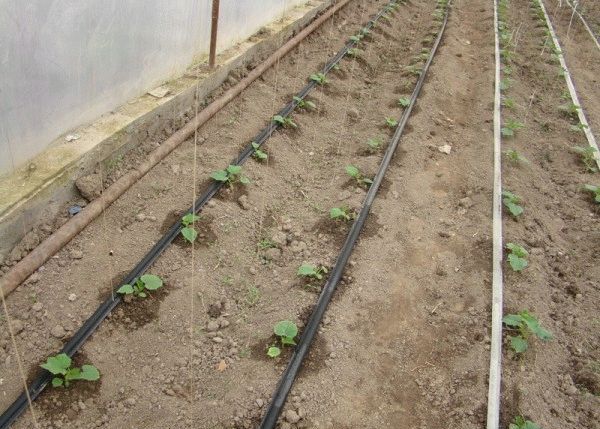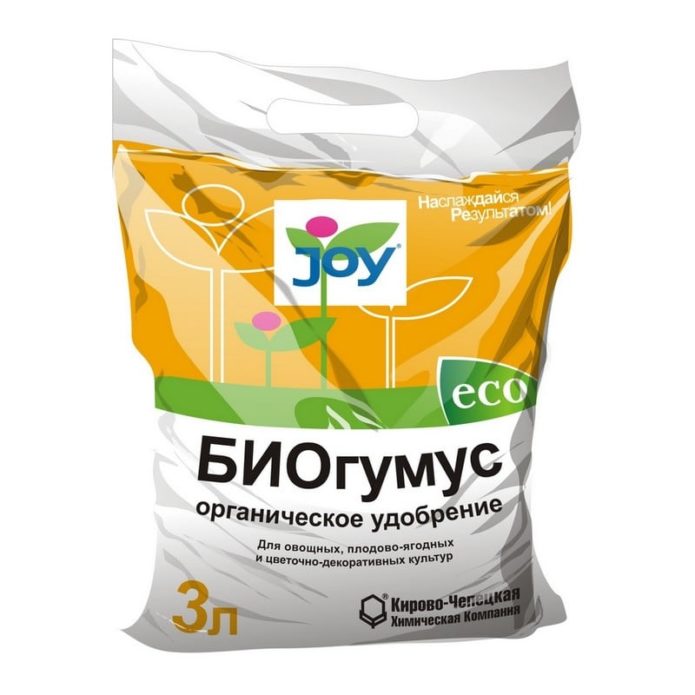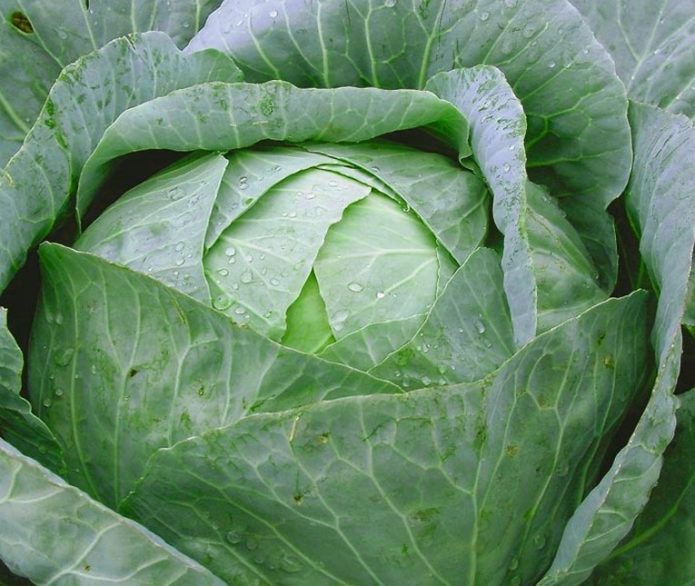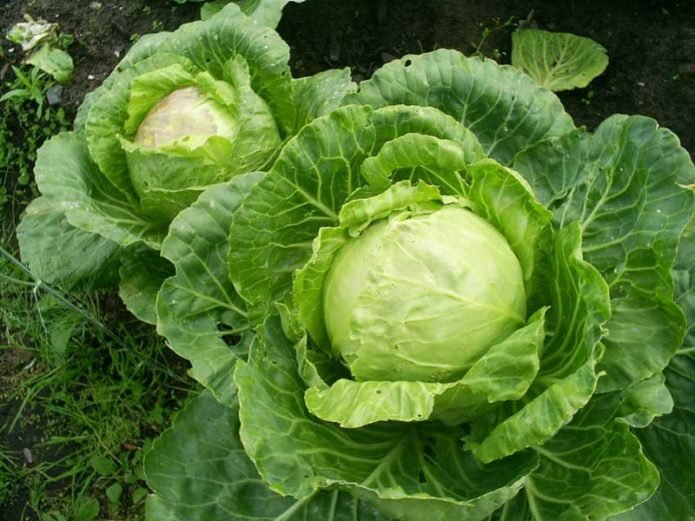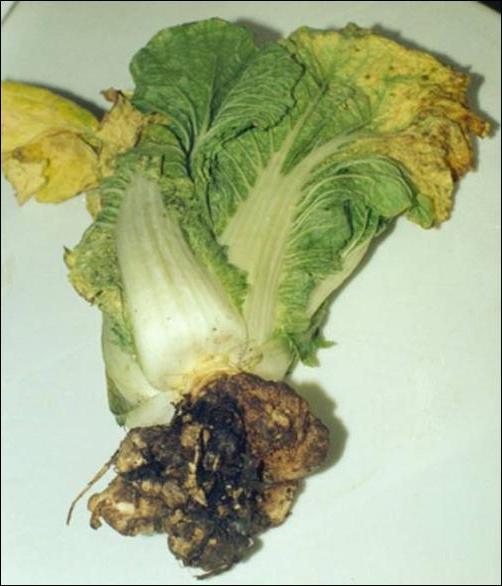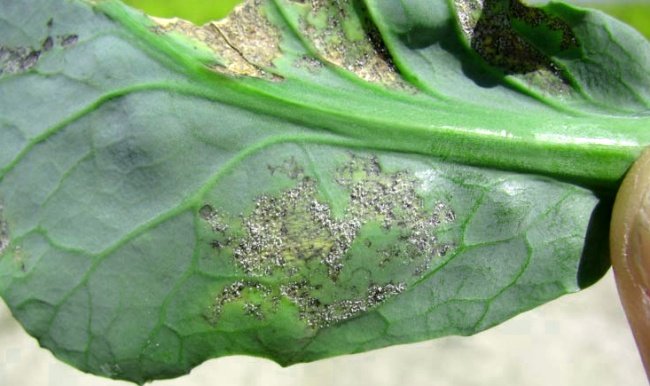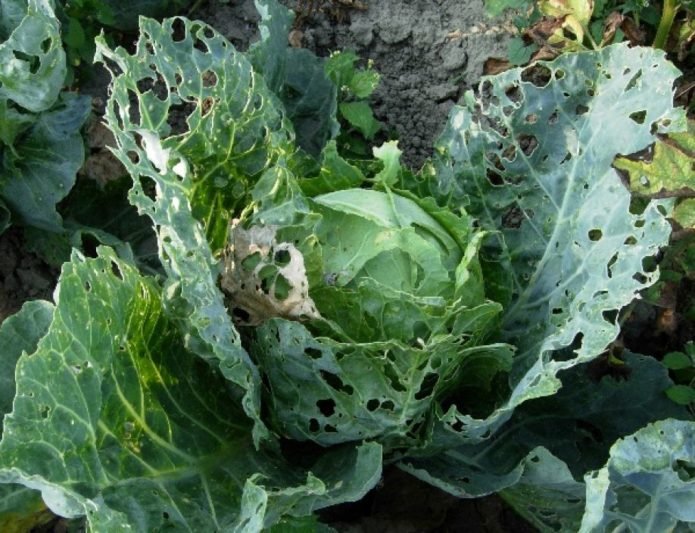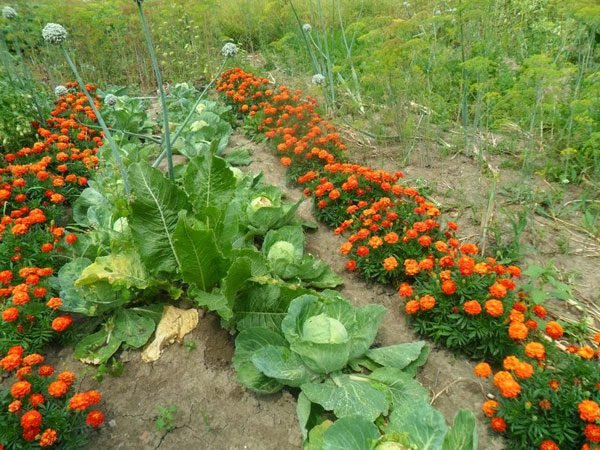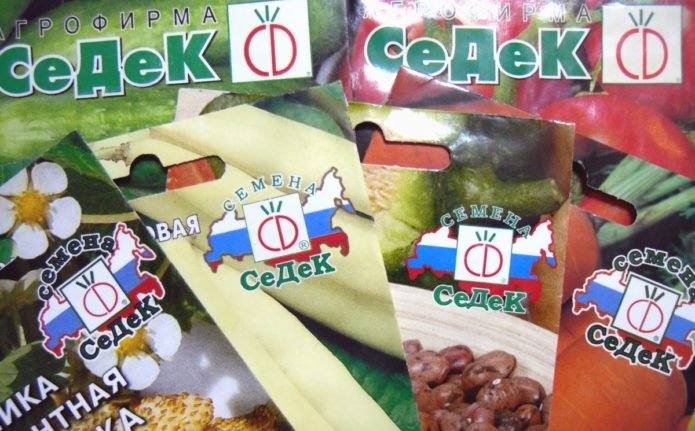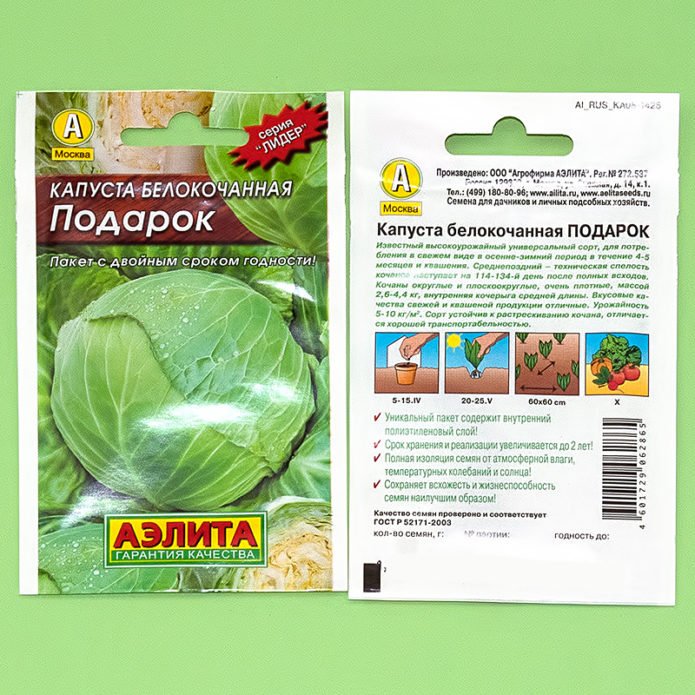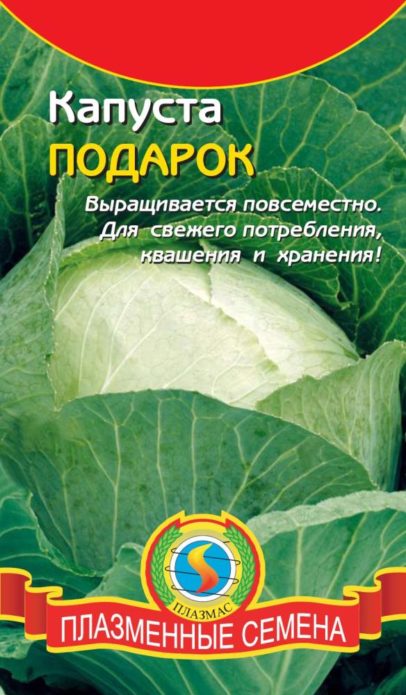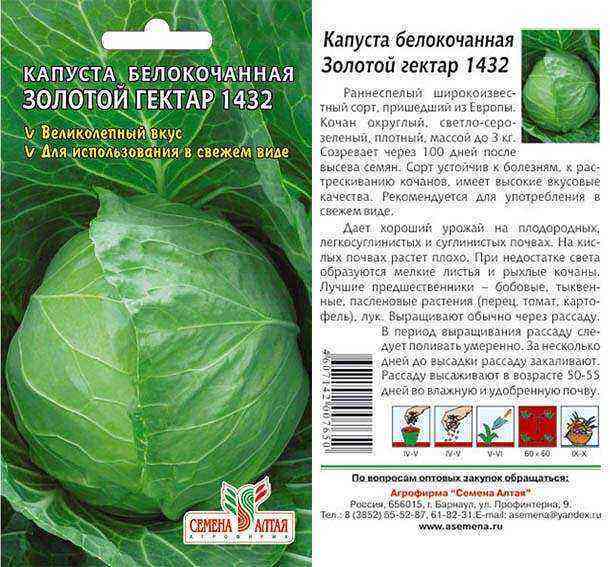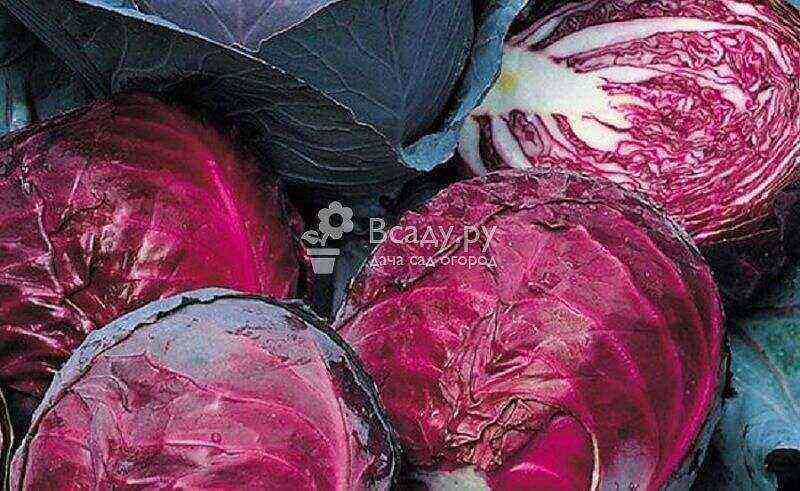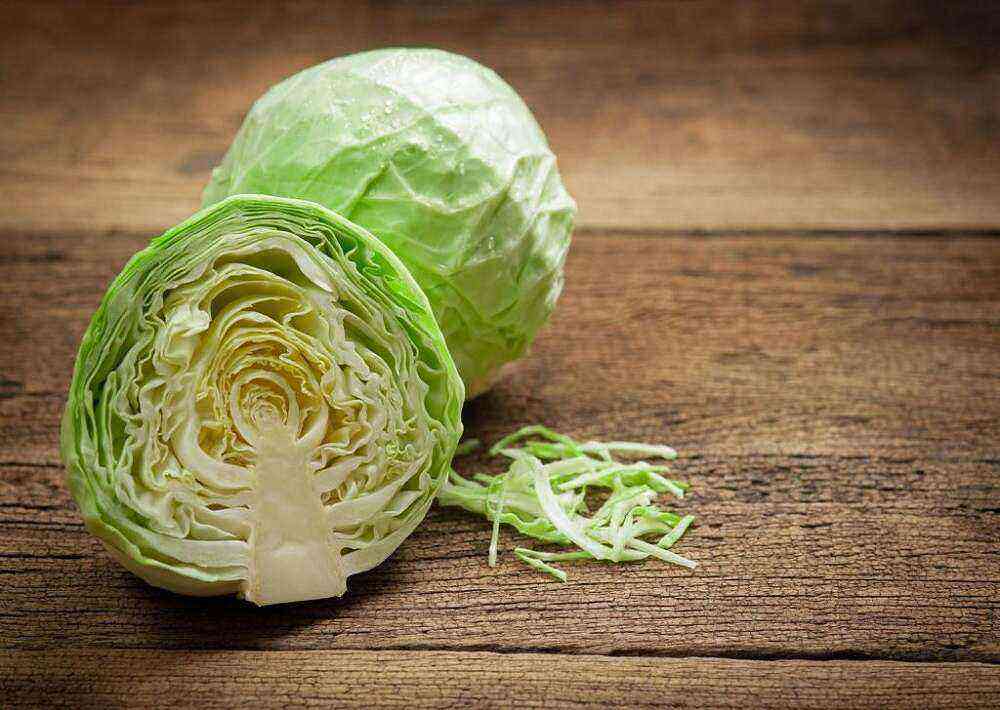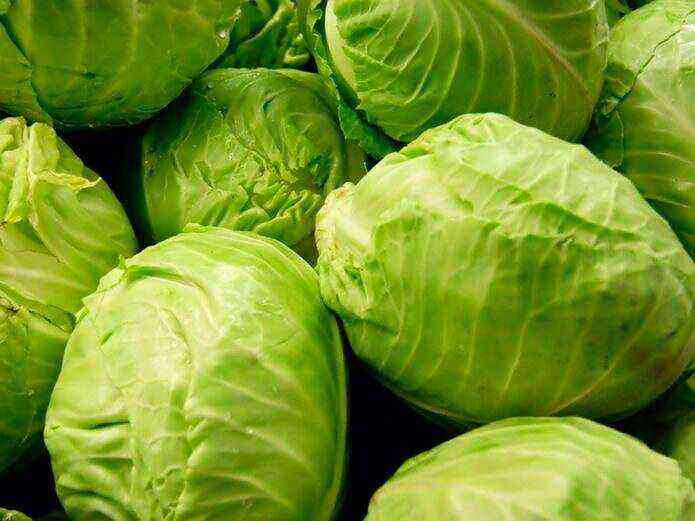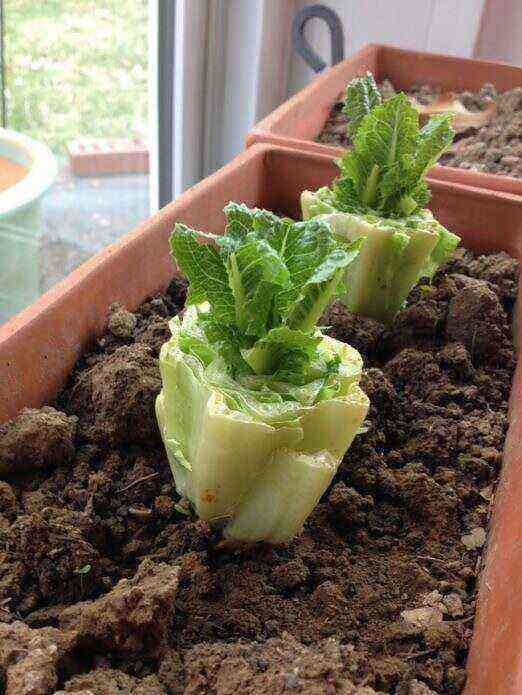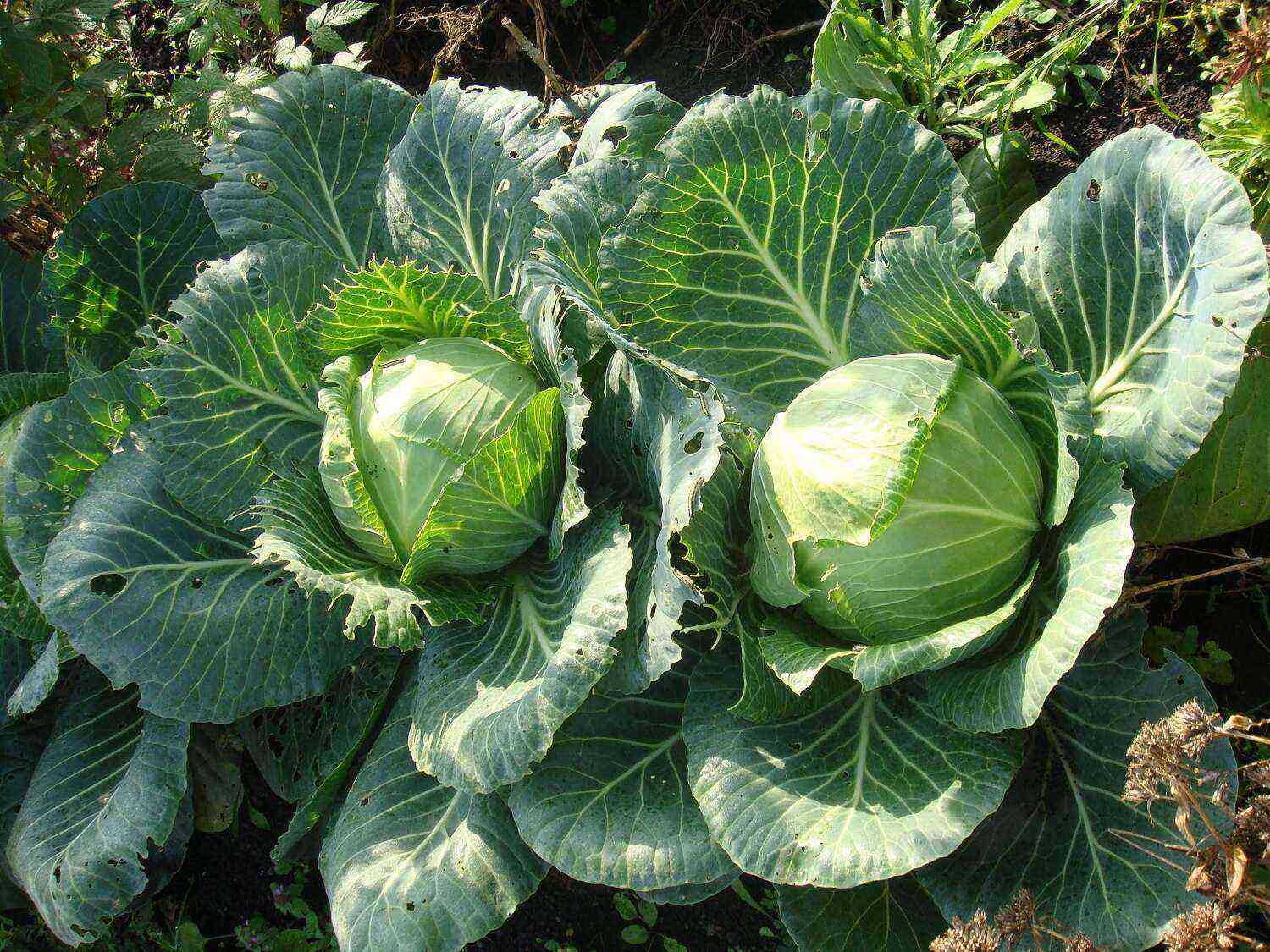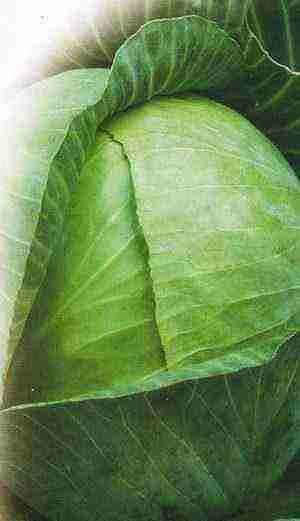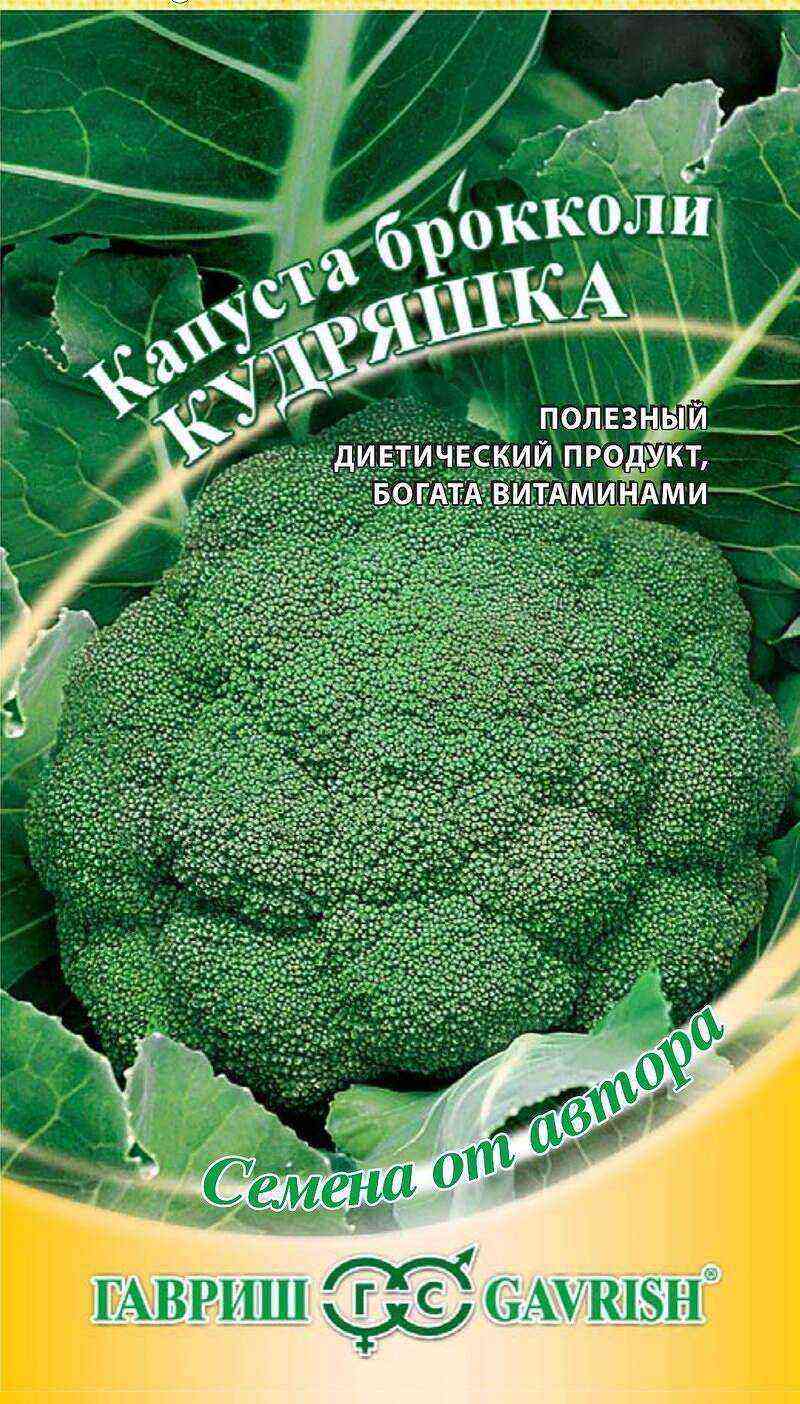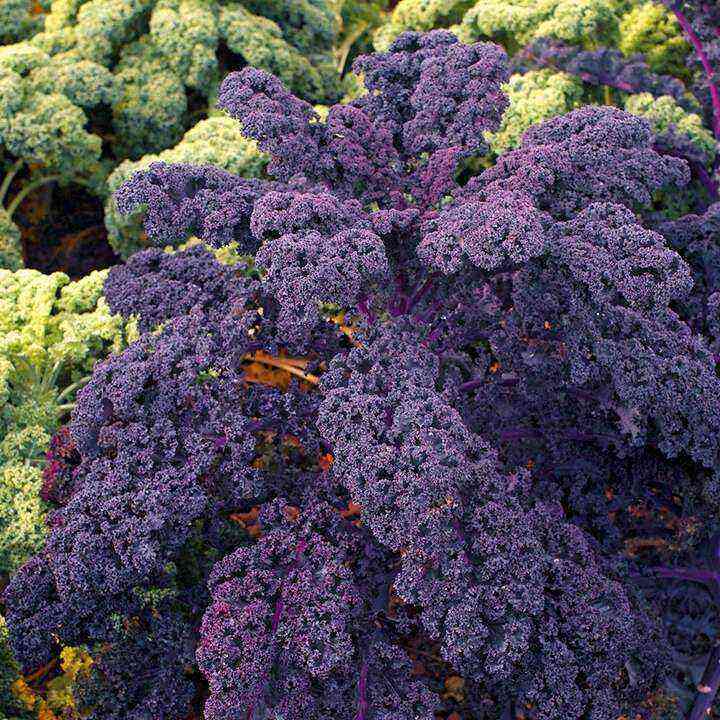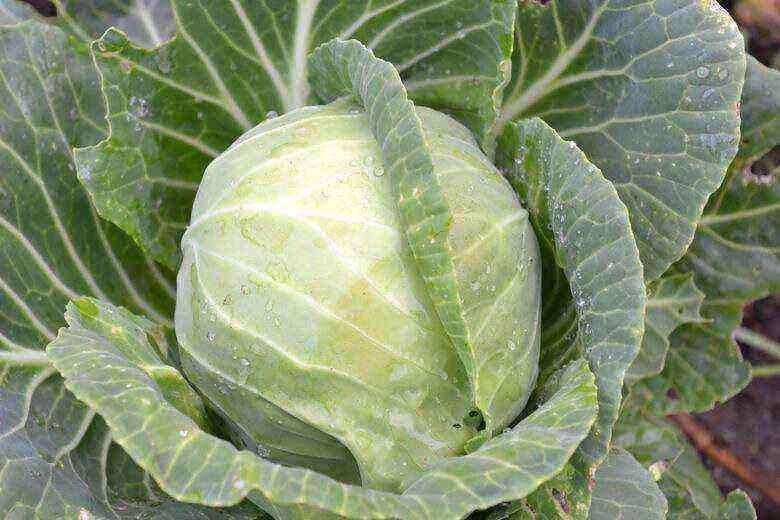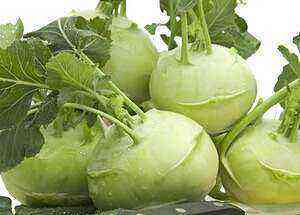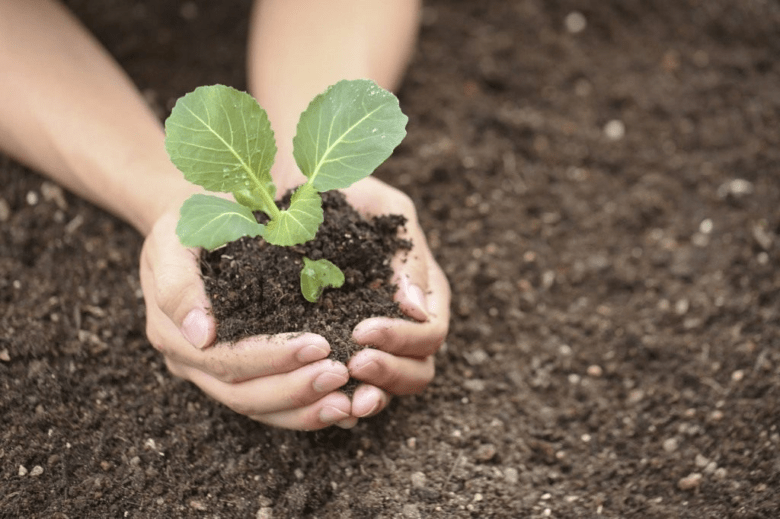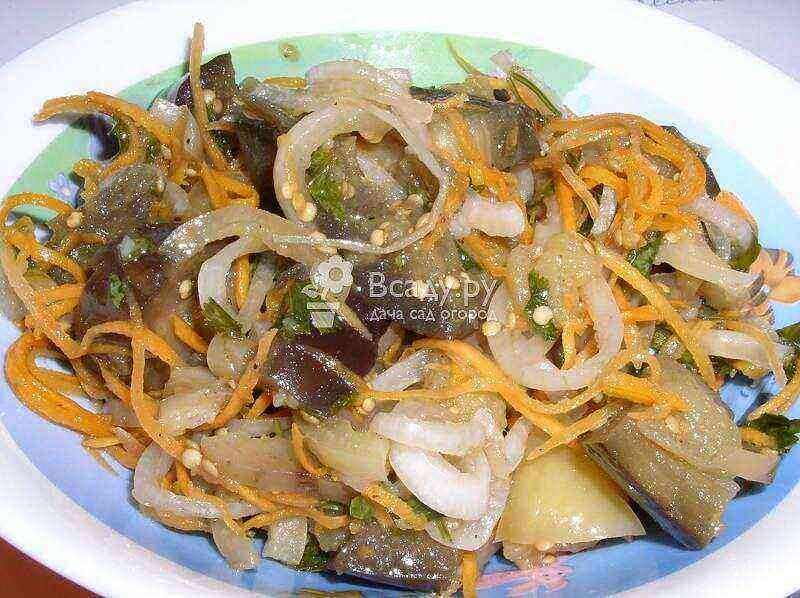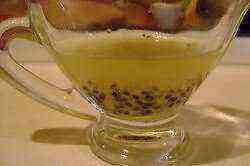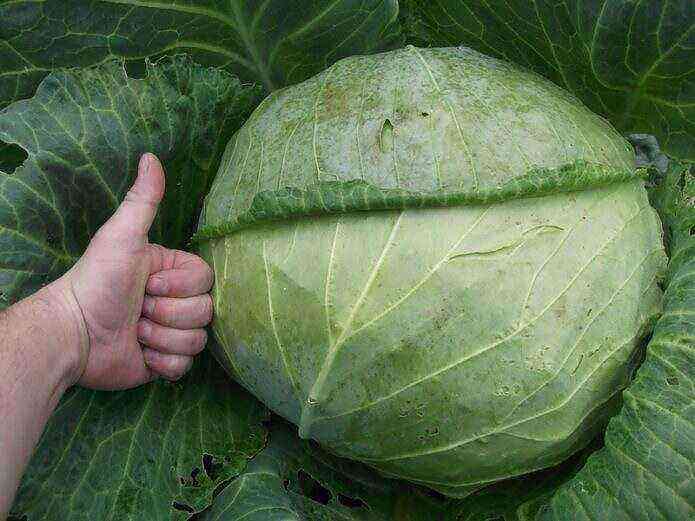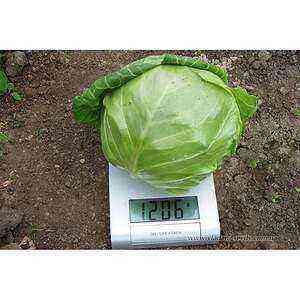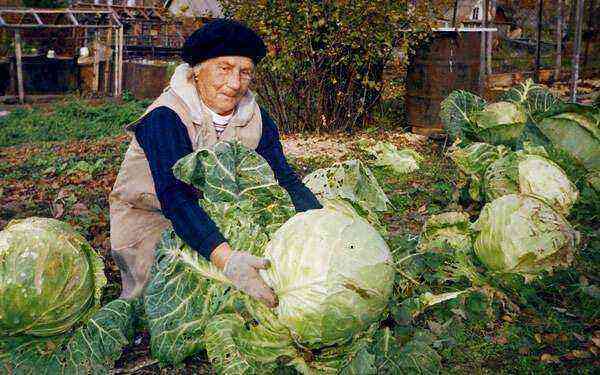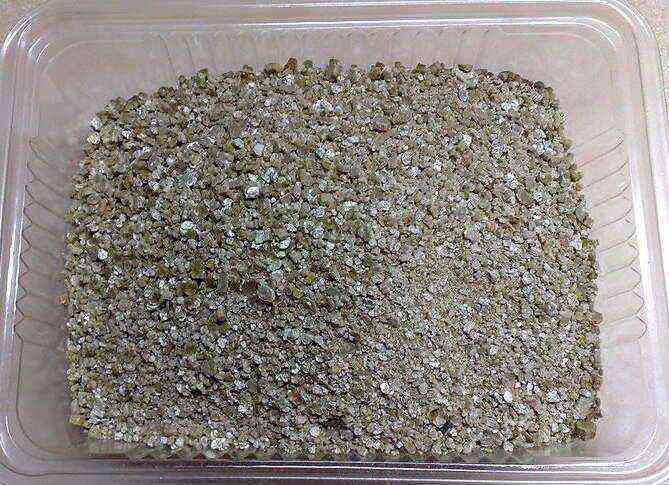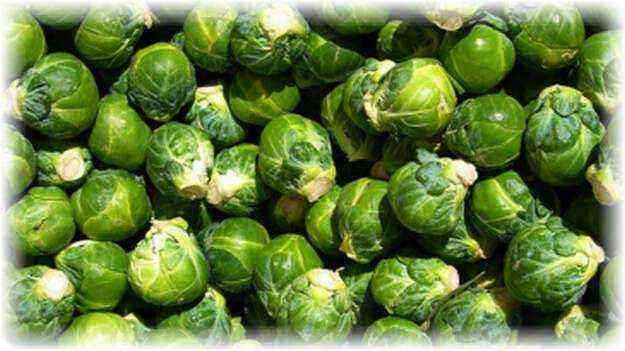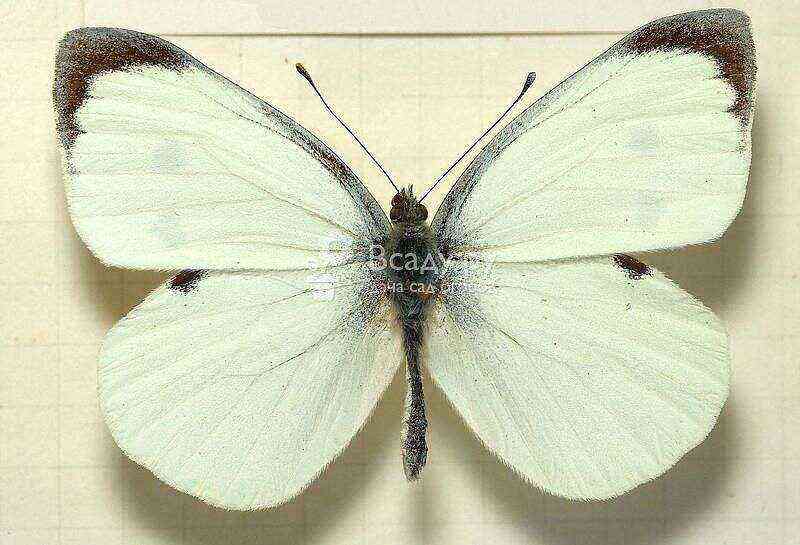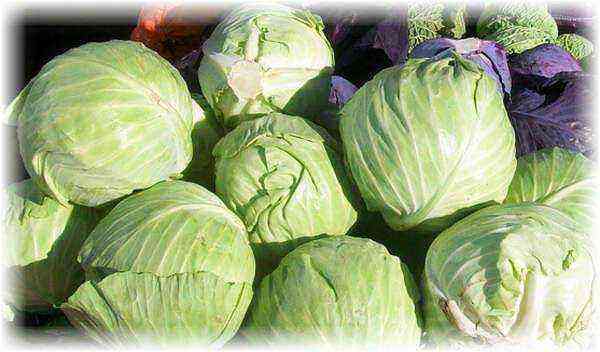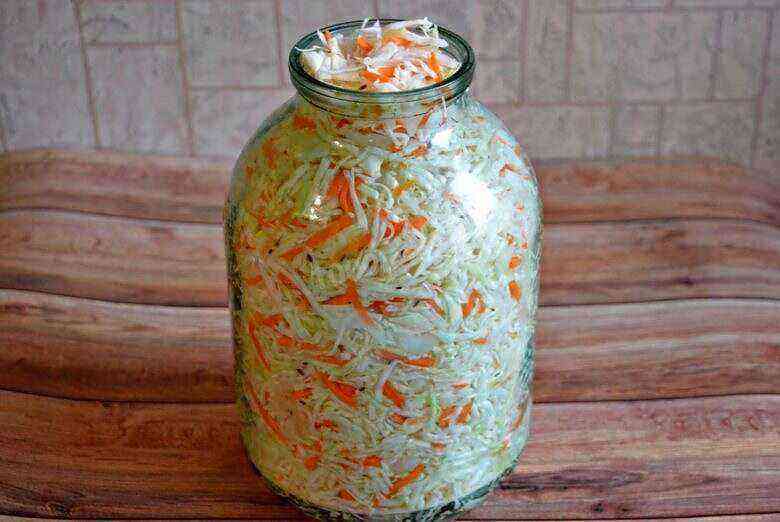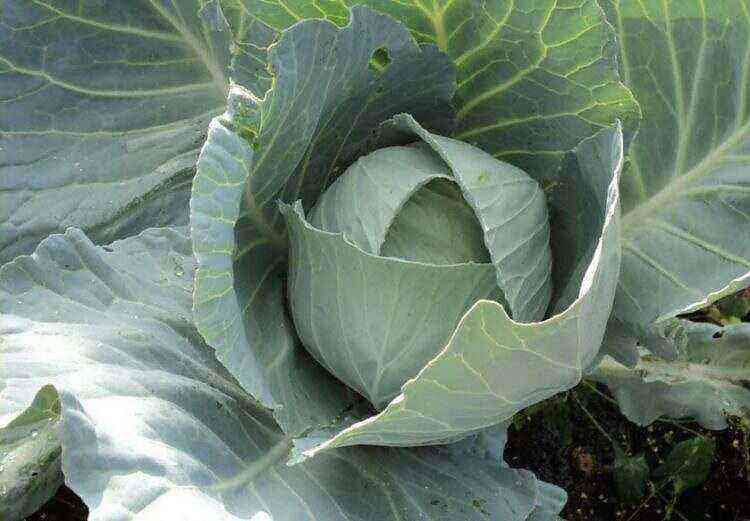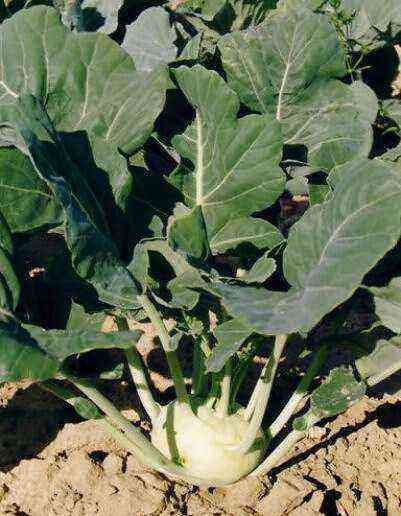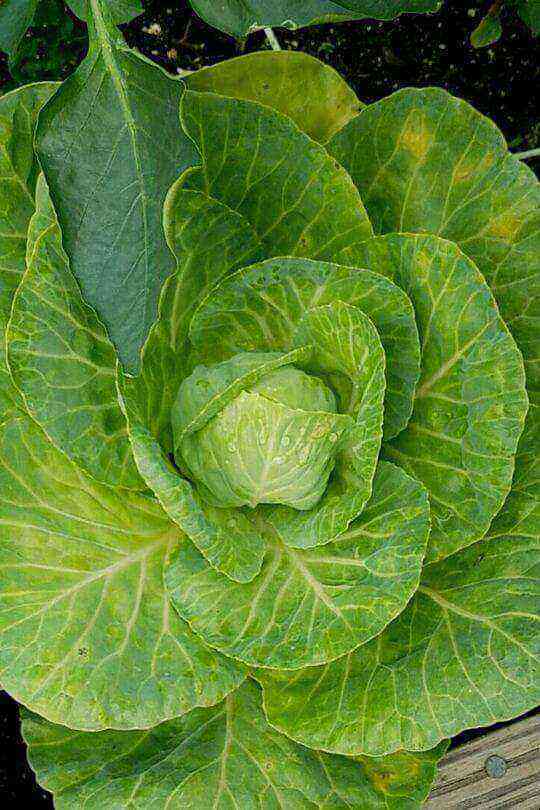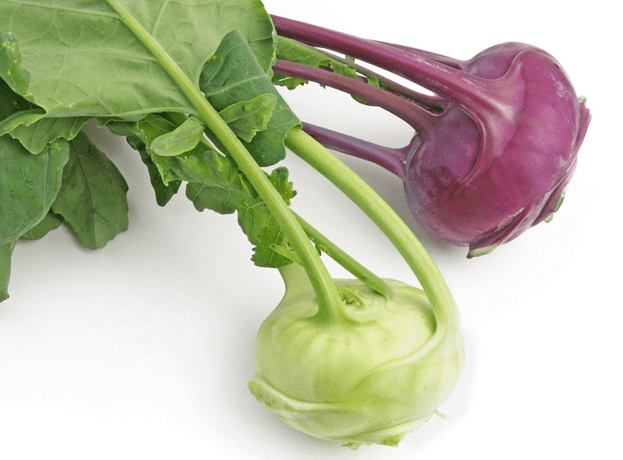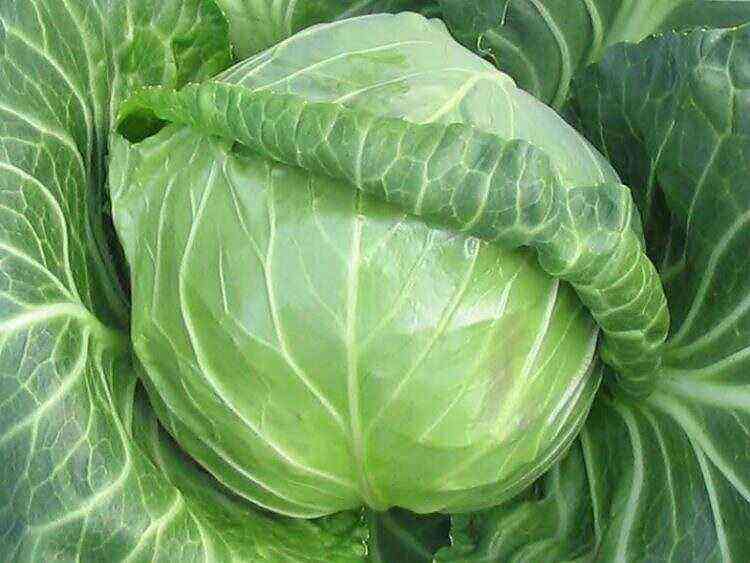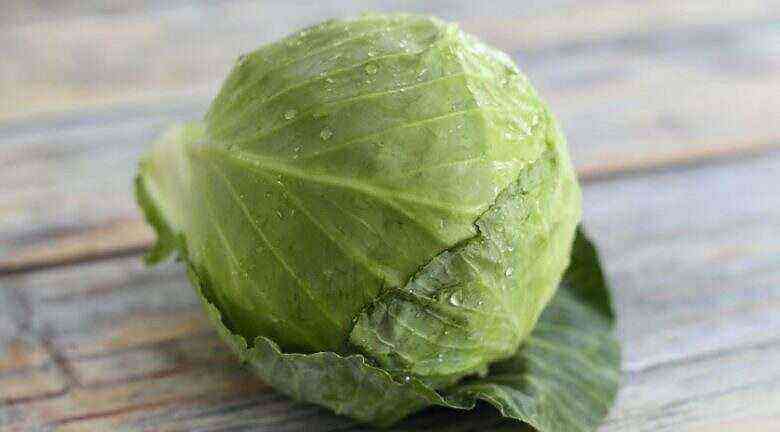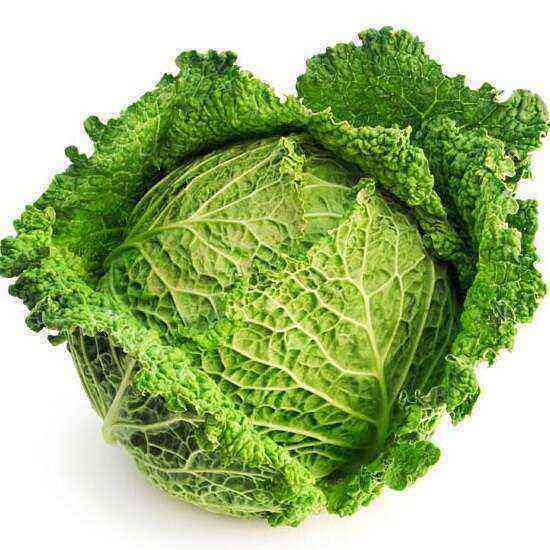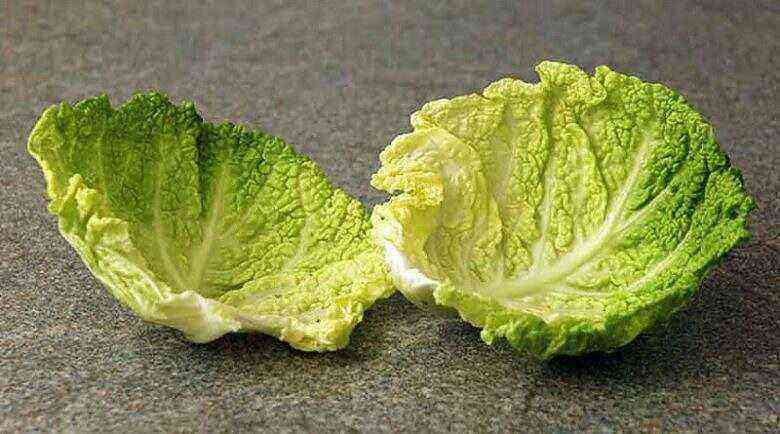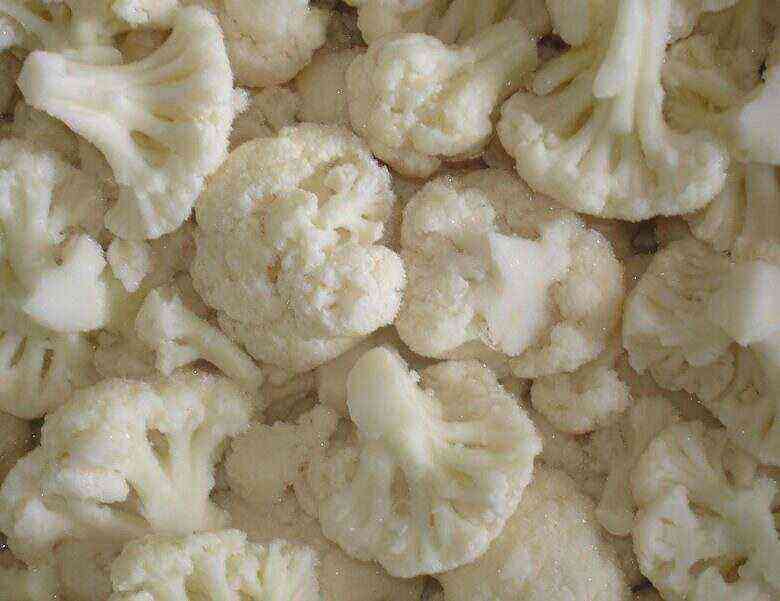Cabbage is one of the most sought after vegetables. More than 100 varieties of culture have been bred, differing in terms of ripening, taste characteristics, keeping quality. Each gardener can choose the right varieties according to their culinary needs. Someone likes tender early cabbage in summer salads, someone prefers to ferment or salt it, others choose vegetables with strong heads of cabbage that are stored all winter. White cabbage Gift is recognized as one of the best varieties for fermentation.
Description and characteristics of cabbage Gift
The variety was obtained at the Gribovskaya Experimental Station, later renamed VNIISSOK, and in 1961 it was entered into the State Register for cultivation throughout Russia. The gift was created for commercial production, but thanks to its excellent characteristics, it won recognition among gardeners and took root in private households for a long time. Despite the abundance of vegetable novelties, the variety is still a cabbage favorite due to its high yield and excellent taste both fresh and sour.
White cabbage Gift – a variety of domestic selection, recommended for cultivation throughout the country
The variety is medium late, ripens in 114-134 days after germination, and with the seedling method of cultivation already in late August – early September, you can harvest. By this time, the head becomes dense and reaches a weight of 2,6–4,4 kg. The head of cabbage is medium in size, round-flat or round, with a medium-sized cabbage.
A dense head of cabbage is formed in the Podarok variety by the end of August
Oval gray-green leaves are wrinkled, slightly wavy along the edge, with a wax coating, forming a rosette up to 1 m in diameter. The resilient head of cabbage tolerates transportation well – marketability is 99%, can be stored for 4–5 months if the harvest is timely. If the cabbage is planned to be salted or fermented, you don’t have to rush to cut off the heads – hitting the first frost, it only becomes tastier and juicier.
Wrinkled cabbage leaves Gift form a rosette up to 1 m in diameter
Cabbage Gift contains: dry matter 8,2–10,5%, total sugar – 4,7–6,2%, ascorbic acid 26–41 mg per 100 g of raw material. High taste and useful properties of fresh and fermented products make it possible to use them in baby and diet food.
Gift – the best variety of cabbage for pickling
The variety is fruitful: 582-910 centners of cabbage can be harvested per hectare, and with good care and favorable weather, even 1000 centners. This type of cabbage is resistant to common diseases, does not crack when ripe.
The Gift variety is fruitful, from 1 square meter you can collect up to 10 kg of vegetables
The gift tolerates heat well, which is very important for mid-season varieties, since the formation of cabbage heads and harvesting occurs in August – September, when the ambient temperature is quite high.
Features of growing and caring for cabbage Outdoor gift
For an earlier harvest, cabbage is grown through seedlings. The Gift variety is sown from mid-March to the 20th of April.
Planting seedlings in the ground
Fortified and hardened plants at the age of 45-50 days are planted on the site. The seedlings will quickly take root if it is warm and sunny during the day, and will withstand a short-term drop in temperature to -3 ° C in the morning. However, if cold weather persists both during the day and at night, it is worth waiting for the transplanting of seedlings until warming.
Grown up seedlings with a lump of earth are planted in open ground
Places that are well warmed by the sun are selected for cabbage. Even a slight shading has a negative effect on the yield: the leaves grow small, forming a loose head of cabbage. Cabbage grows well on loose loam after onions, carrots, cucumbers, pumpkin seeds, legumes and potatoes.
To reduce the risk of keel development, cabbage is returned to the beds where cruciferous crops grew only after 3-4 years.
Sunny areas are allocated for cabbage – with a lack of light, small heads of cabbage are formed
Landing scheme
The plot is prepared in advance: in the fall, they dig up the soil, remove the roots of weeds, add humus (half a bucket2), with a high level of acidity, lime is introduced (500 gm2). In the spring, the soil is loosened and fertilized with ash (500 gm2), urea (30 g). Rows are marked at a distance of 60 cm and holes are made with an interval of 45-60 cm between them. 1 tbsp is placed in each groove. l. superphosphate, place a seedling there with a lump of earth, sprinkle it until the cotyledon leaves and watered.
Cabbage is planted on the site according to the scheme 60×45 cm
During the first two days, it is necessary to cover the young cabbage with agrofibre to protect it from the bright sun during the day and a cold snap at night. In a week, the seedlings will take root, it is better to remove frail sprouts and plant strong seedlings.
It is better to cover the planted seedlings with agrofibre in the first days, so that the active sun or night cooling does not damage the plants
Sowing seeds in open ground
You can grow the Gift by direct sowing in open ground – the variety is resistant to temperature extremes. Many gardeners note that at the same time stronger plants grow, resistant to unfavorable environmental factors. The loosened soil in the garden bed is filled with humus and complex fertilizer (3 tbsp. L.), Spilled with hot water with the addition of manganese-sour potassium or Fitosporin, and grooves are marked.
In the spring, the soil in the garden is loosened and fertilized
Seeds are sown in the garden in late April – early May, when warm weather sets in (12 ° C and above) and the earth warms up. Sown in cold soil, they do not germinate for a long time and begin to swell only at a temperature of 5 ° C. The warmer the ground, the more intensive the process of seed activation: at a temperature of 10 ° C, it will take 2 weeks for their germination, in the ground heated to 20 ° C, friendly shoots appear already on the 4th-5th day. With the opening of the first leaf, the crops are watered with water with the addition of Fitosporin and thinned out, and in early June they are transplanted to a permanent place.
Cabbage gets along well in the same garden with other vegetables: carrots, onions, beets
In the regions of the Urals, Siberia and the central regions, where even in June, return frosts are possible, the bed must be covered with a film or a non-woven material pulled over arcs. Summer residents often sow cabbage in the area for plastic bottles, glass jars, be sure to open them in a warm time of the day for airing. When the threat of recurrent cold weather has passed, the shelter is removed from the garden.
You can sow cabbage seeds directly into the garden by covering them with plastic bottles.
Video: sowing cabbage in the ground
Care for cabbage
White cabbage is not a capricious culture, but to get large, strong heads of cabbage with juicy leaves, you need to take care of it: water and loosen the soil, huddle, feed with fertilizers and treat pests.
Watering and loosening
Water-loving cabbage begins to water on the 3rd day after planting seedlings, spending 8 lm2. Young plants are moistened every 2-3 days, gradually reducing the number of irrigations to 1 time per week, but increasing the volume of water to 1,5 buckets per 1 m2.
Moisture-loving cabbage needs to be moistened regularly
During prolonged rains, in order not to provoke the development of root rot, vegetables are not watered, in a severe drought it is useful to arrange a shower for the cabbage. Watering is especially important in August, when the forks are laid. Water must be applied only at the root to avoid cracking the heads.
When growing cabbage in large areas, drip irrigation is used using tubes laid along the rows
After moistening, the soil is shallowly loosened. 21 days after planting, cabbage is spudded, which contributes to the formation of a more developed root system, capable of providing plants with the necessary nutrition and moisture. After 10 days, a second hilling is carried out.
Feeding
When sowing seeds in the soil, the sprouts with the appearance of the first true leaf are fed with solutions of Agricola (2,5 g1 l), Zdraven turbo (1,5 g1 l), after 2 weeks for the intensive development of the root system and leaf mass, a liquid suspension of chlorella ( 500 ml 6 l).
Before planting cabbage, the soil can be filled with vermicompost containing all the trace elements necessary for plant development
Fortified seedlings with 3 pairs of real leaves and seedlings planted in the garden are fertilized with urea (30 gm2) or mullein (1:10). During the period of curling the head of cabbage, Nitroammofoska (30 gm2) or irrigate using mineral fertilizers: superphosphate (45 g), urea (20 g), potassium salt (20 g) or Azofoski (50 gm2) with the addition of ash (500 g).
On well-seasoned soil, cabbage develops intensively, and at the end of the season, large heads of cabbage with juicy leaves can be harvested
You can feed the cabbage with infusions of nettle, dandelion. The barrel is filled to 23 with grass, water is poured, covered with a lid and fermented for 5 days. The infusion is filtered, diluted in water (100 ml 10 l) and the plants are watered.
Nettle infusion is a great organic nutrient for cabbage
Experienced summer residents, carefully examining the plants, by the rate of their development and the change in leaf color, can judge the lack of certain microelements in the soil. With slow growth, the cabbage is fed with a nitrogen composition. If the cabbage leaves acquire a purple hue, superphosphate is added, and if light spots are noticed along the edge of the leaf, they are fed with potash fertilizers.
Heads grown in fertile soil have green leaves
Disease Prevention
Cabbage of the Podarok variety is resistant to diseases, however, if agricultural technology is violated, it can be affected by the keel. You cannot plant cruciferous crops in the same place – mushroom spores are very tenacious and persist in the ground for 6 years. It is also necessary to disinfect untreated seeds before sowing in a solution of potassium permanganate or Fitosporin. You can identify the disease by the growths on the roots. Diseased seedlings lag behind in development, after planting in the ground, the seedlings do not take root well, the lower leaves wither and dry out. Cabbage with keel signs must be removed from the garden and destroyed, the remaining healthy plants should be sprayed, and the soil should be shed with a 1% solution of Bordeaux mixture, Homa solution (40 g 10 l). Two repeated treatments are carried out every 7-10 days.
Keela cabbage is a dangerous disease that can lead to the death of the crop
Stagnation of water with too abundant irrigation can cause the activation of the causative agents of downy mildew. Fungus spores develop rapidly in hot weather, especially on young cabbage. The upper side of the leaf is covered with dark spots, a plaque appears on the lower part. To stop the development of the disease, watering is regulated, cabbage is powdered with ash, 2-3 times treated with Fitosporin solution (3 g 5 l).
A sign of peronosporosis is a grayish coating on the underside of a cabbage leaf
Pest control
The main pests of cabbage are cruciferous flea beetles and cabbage white beetle caterpillars. Fleas feed on the pulp of the leaves. They especially love young shoots, and if you do not take action, they can eat all the seedlings. To get rid of insects will help dusting with ash, spraying with an infusion of garlic (300 g 10 l) with the addition of soap (100 g), decoctions of chamomile, wormwood. If fleas massively attacked cabbage, you will have to use chemicals: Anabazine sulfate (10 g10 l), Bitoxibacillin (40 g10 l).
Cruciferous fleas suck the juice from cabbage leaves
Caterpillars of cabbage whites feed on juicy cabbage leaves, gnawing holes in them. Leaf-eating pests cause great harm, deteriorating the taste and presentation of the vegetable. Caterpillars are collected by hand; in case of a mass invasion, the Intavir solution is used (1 tab. 10 l). Spraying should be carried out in dry weather, so that the drug remains on the leaves for at least 5 hours. After 10 days, the treatment is repeated.
Holes in cabbage leaves are the result of the activity of cabbage whites caterpillars
Gardeners who do not want to use chemicals to protect cabbage from pests plant fragrant plants around the perimeter of the vegetable plot. Blooming tagetes, calendula, sage not only serve as a bright frame for the vegetable garden, but also scare away harmful insects with their strong smell.
Marigolds, planted around the perimeter of the cabbage beds, will scare away harmful insects with their strong smell
Video: how to deal with a cruciferous flea
Which manufacturer is better to buy seeds
The key to a generous harvest is high-quality sowing material. There are many companies on the Russian market that offer seeds of domestic and foreign producers. When choosing seeds of Cabbage Gift, preference should be given to well-known companies that care about the high quality of their products. The SeDec company has been on the Russian seed market since 1995. The main activity of the agricultural firm is the sale of high-quality seeds.
The company “SeDec” for a long time has retained its position among the leaders in the production and sale of seeds
The agrofirm “Poisk” has a good reputation, which has been engaged in seed production and selection for more than 20 years. Founded in 1990 on the basis of the All-Russian Research Institute of Vegetable Growing, it pays a lot of attention to variety cleaning and seed germination, which allows vegetable growers to get high yields. The agricultural company, which has three breeding centers, a control and testing laboratory and a certification center, strictly adheres to the technology of growing and collecting seed material.
Agrofirm “Poisk” strictly adheres to the technology of collecting seed
The leader in seed production is “Aelita”, the oldest domestic company that appeared on the market back in 1994. She is engaged in breeding work, creating new and improving the already beloved varieties on her own experimental field in the Nizhny Novgorod region. The tests are carried out both in greenhouses and in the open field, which makes it possible to obtain unique varieties for all climatic zones of Russia. Therefore, having purchased the seeds of the “Aelita” company, there is no doubt about their high quality.
When purchasing cabbage seeds of the company “Aelita”, there is no doubt – 100% germination is guaranteed
The trade mark “Gavrish” enjoys a well-deserved popularity among gardeners. The company, which has a good scientific and experimental base, has been supplying seeds to the domestic market for more than 20 years. They are produced by experienced seed growers under the supervision of breeders. The quality of seeds is checked at all stages of commercial processing, including cleaning, drying, bulkhead, sorting, and packaging. During storage periodically determine the germination and germination energy of seeds.
The company “Gavrish” necessarily checks seeds for germination
Among the seed producers, the Plasma Seeds (PLASMAS) trademark stands out. The company is not engaged in seed production, its field of activity is plasma processing of seed material. This technology is intended for pre-sowing preparation of seeds, which improves their quality, improves storage safety. As a result, productivity increases, the nutritional value of vegetables increases, and the use of chemicals in the prevention of diseases decreases. Packaged Plasma Seeds have been supplied to the market since 1995.
Firm “PLAZMAS” offers cabbage seeds Podarok, which have undergone plasma treatment
Reviews
The mid-season Podarok variety is a clear cabbage leader, as evidenced by numerous positive reviews from gardeners. Even the novelties of vegetable selection did not oust the old variety from the market: this cabbage is happily grown by both farmers for sale and summer residents for personal consumption. Productivity, excellent taste, unpretentious cultivation – these are the components of its demand among farmers.
